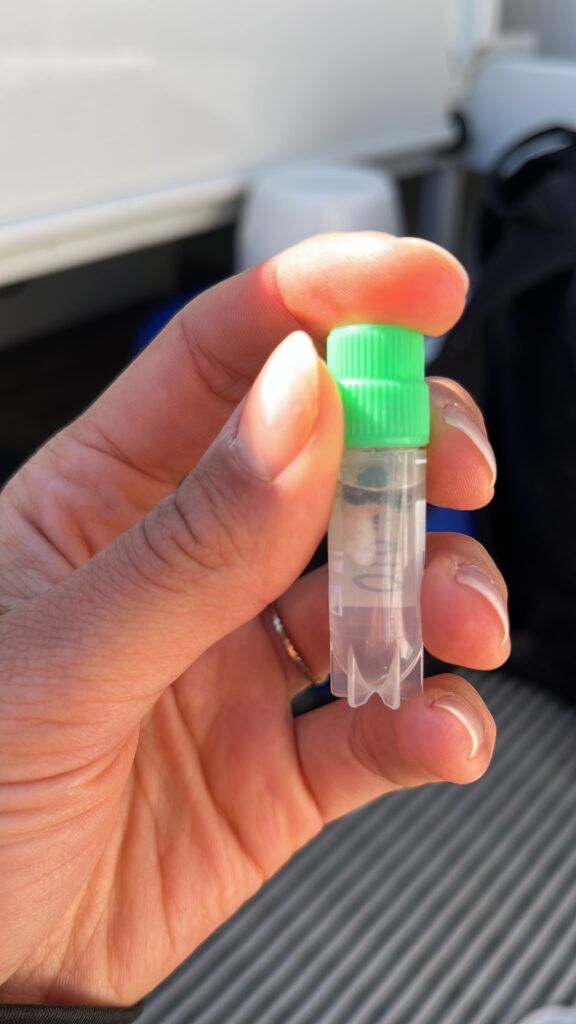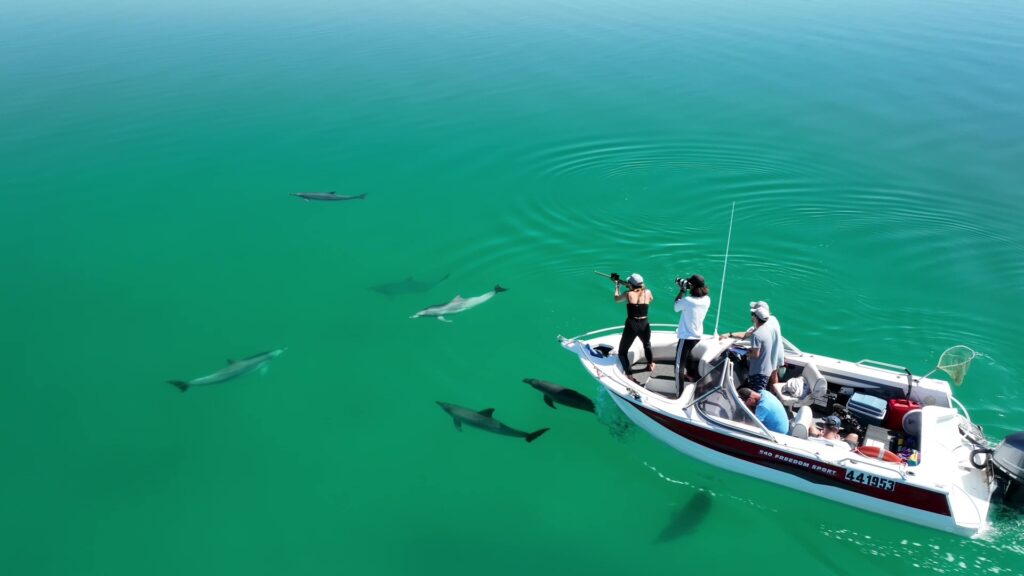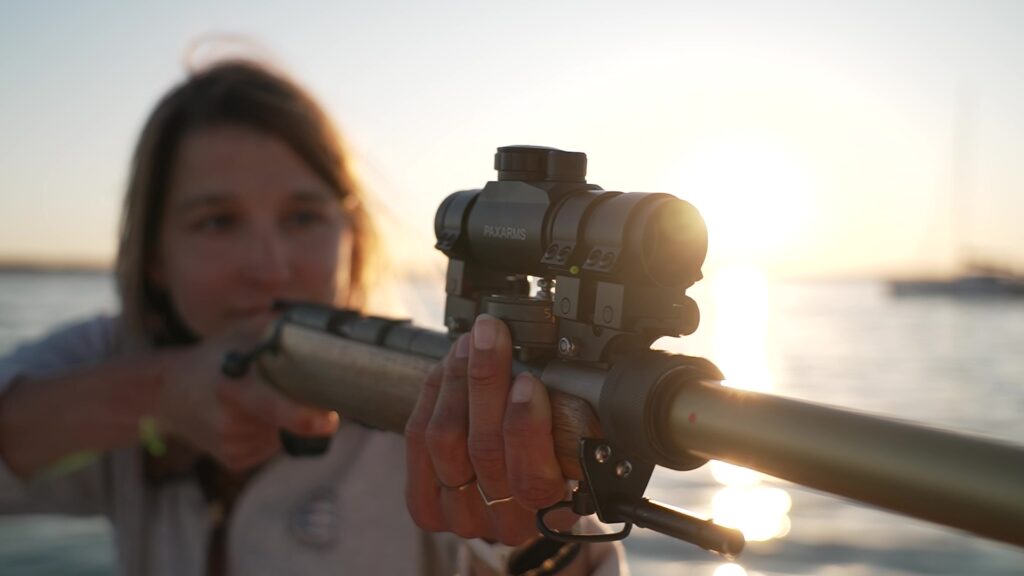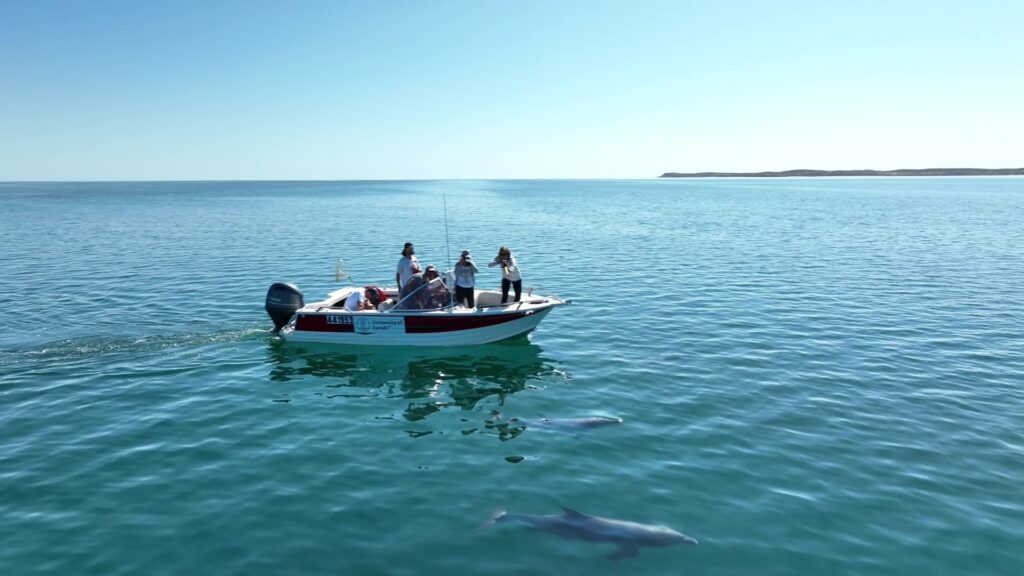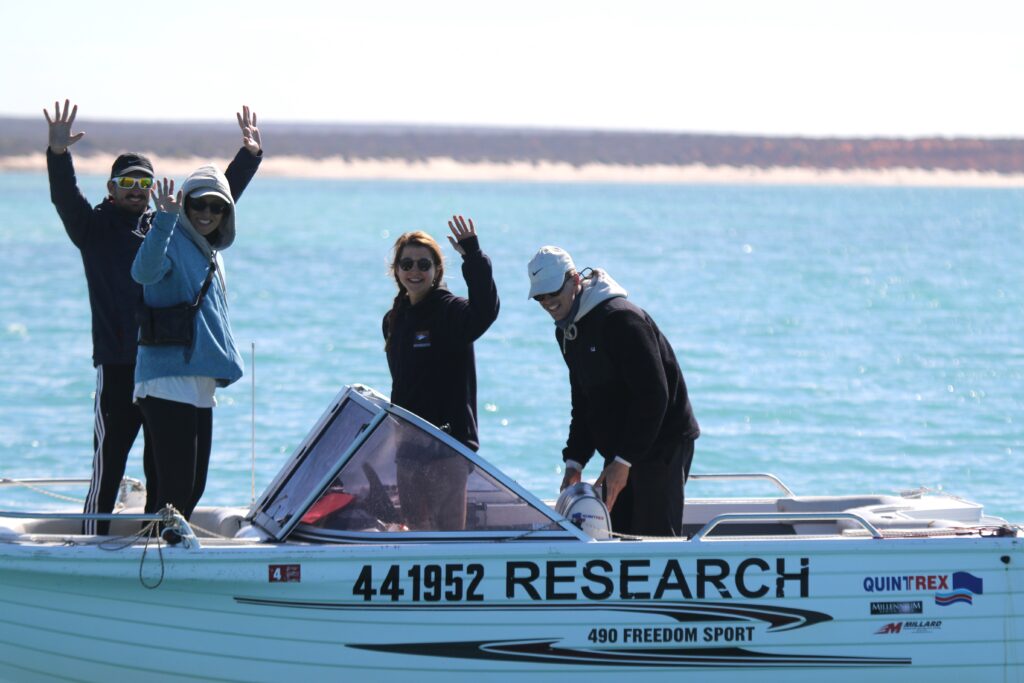Coastal ecosystems are vulnerable to impacts from extreme climatic events. Improving our understanding of how organisms have adapted to past environmental heterogeneity and to what degree their current genetic diversity might allow them to adapt to future changes is timely and important. Bottlenose dolphins are used as sentinels of coastal ecological processes worldwide. By integrating large-scale environmental variables with high quality genomic data generated from tissue samples that we obtain using a specifically developed remote-biopsy rifle, my PhD project aims to assess the relationship between genomic and environmental variation and identify environmental factors and physiological processes that are putatively affecting adaptation along the seascape of Australia.
Both, neutral and adaptive processes are important aspects to consider when investigating genetic differentiation. Thus, understanding the population demographic history of a species is crucial to draw conclusions about potential past and current selection pressures and to uncover the genetic basis of local adaptation. In my first chapter, I used reduced-representation sequencing (ddRAD) data with a combination of population genomics, demographic modelling, and genome-environment-association (GEA) analyses to illuminate population demographic history and adaptive differentiation in Tursiops aduncus along the western Australian coastline. As reduced-representation approaches only assess small parts of the genome, my second chapter uses whole genome sequencing (WGS) to perform genome-environment association analyses from dolphin samples from the west and east coast of Australia to detect genetic variants under selection. Making use of the highest possible genomic resolution obtained with WGS, I should gain a better understanding of the physiological basis and the genes involved in local adaptation.
Given predicted further increases in severe climate events, it is crucial not only to investigate the current adaptive potential of a given species, but also to model how environmental change will impact population genomic structure of these coastal dolphins. My third chapter thus aims to forecast how climate change may impact patterns of genomic differentiation by quantifying the disruption of the existing genotype-environment associations under predicted environmental changes.

